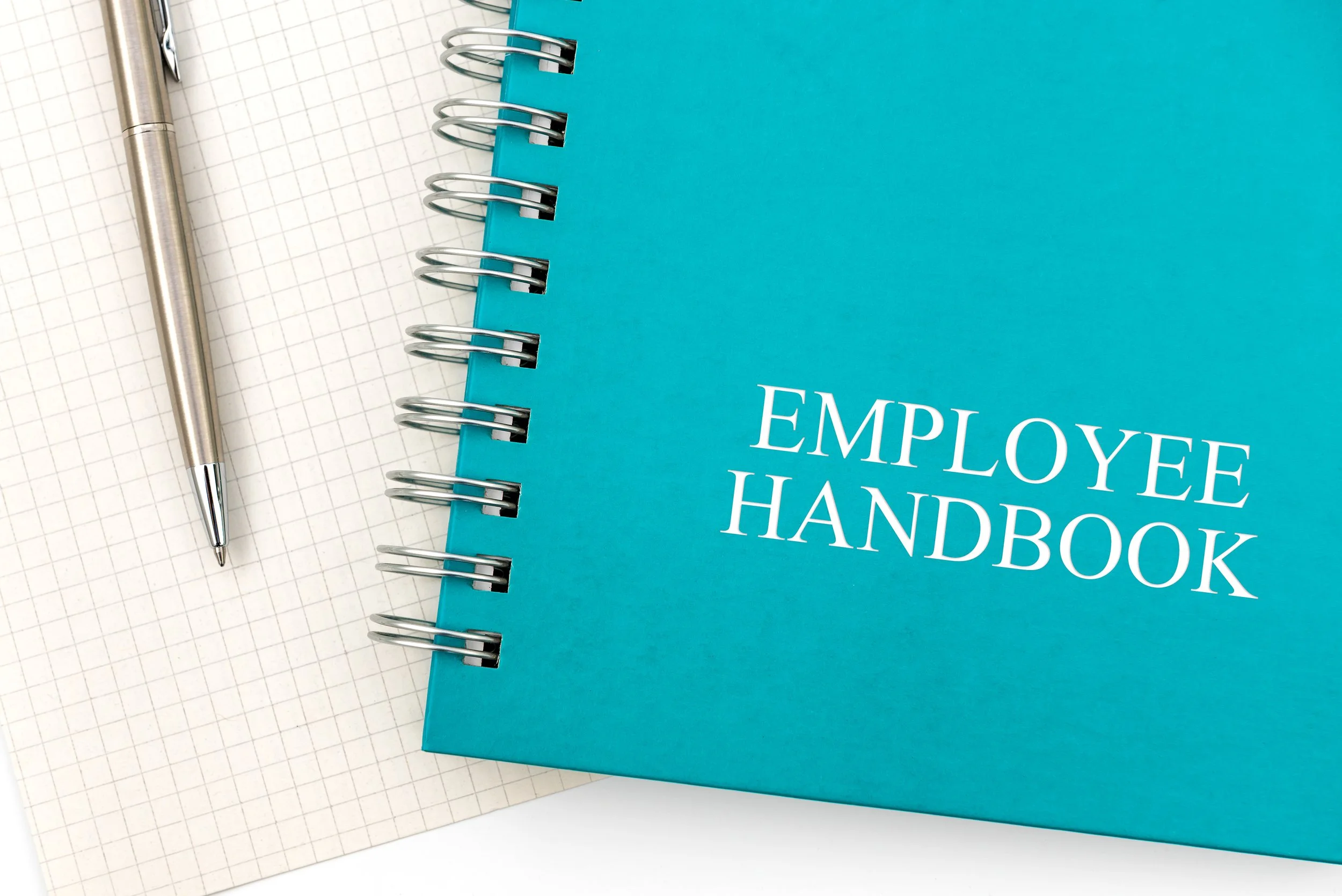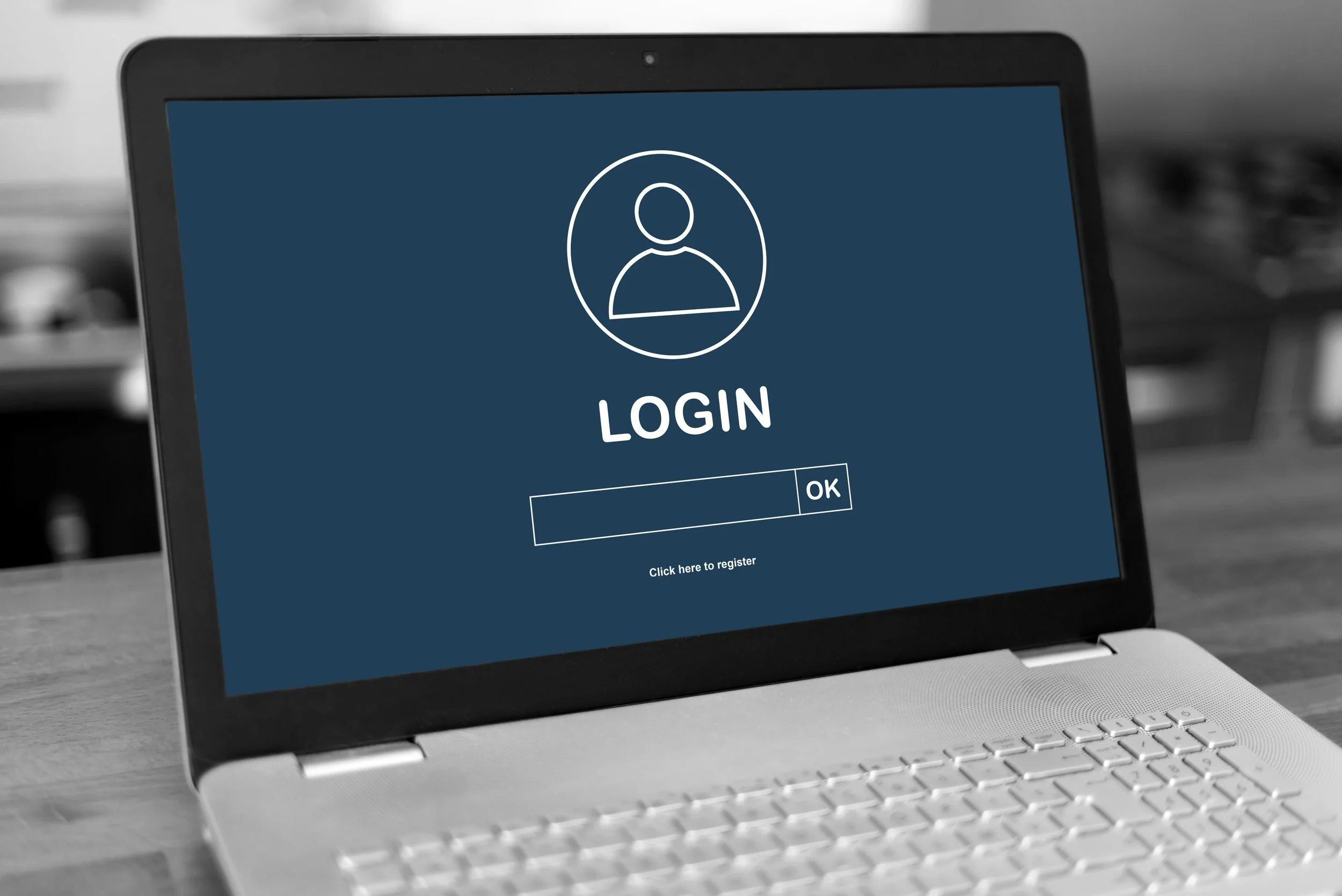Starting January 1, 2026, MN Paid Leave will offer payments and job protections so people can take time off work to care for themselves or their loved ones.
MN Paid Leave Information:
Self-Employed Opt-In Information:
Minnesota Paid Leave important dates:
UPDATED! November 15, 2025: if privately funding, request DEED approval of equivalent plan substitutions to ensure they are in place when the program launches.
December 1, 2025: provide required notices to employees.
December 31, 2025: update your employee handbook to clarify leave policies.
December 31, 2025: gather list of self-employed workers opting into program.
January 1, 2026: payroll deductions begin for employers and employees. Small employers can apply for assistance grants.
April 30, 2026: first quarterly premiums are due from employers to state.
Set up your accounts
As an employer, you will need an employer account and an administrator.
Go to uimn.org to register for an employer account.
Designate a Paid Leave administrator: https://uimn.org/employers/paid-leave/paid-leave-admin-assignment.jsp.
Go to paidleave.mn.gov to create your Paid Leave administrator account.
Report gross wages quarterly for employees participating in the program.
Notify your employees
You must notify your employees about MN Paid Leave by December 1, 2025.
Required: hang the workplace poster https://mn.gov/deed/assets/paid-leave-mandatory-employer-poster-acc_tcm1045-700342.pdf.
Required: notify individual employees. A sample notification can be downloaded.
All FICA employees must participate in the MN Paid Leave program.
SECA employees (self-employed) can opt in for program.
If they choose to opt in, they must participate for two years.
Prepare your workplace
Decide how to split premiums: employers must cover at least 50% of premium costs but can choose to cover more. Calculate premiums: premiums webpage.
Set up a clear notification process for employees before they apply to Paid Leave.
Decide whether to allow supplemental payments.
Set up the MN Paid Leave payroll deductions in your payroll software.
Update your Employee Handbook to include clear policies for leave types:
Earned Sick and Safe Time (ESST)
MN Paid Leave
Family and Medical Leave Act (FMLA)
MN Pregnancy and Parenting Leave (MPL)
Intermittent Leave
Employees may qualify for multiples leave types. Therefore, it is highly recommended that employers require that MN Paid Leave to run concurrently with FMLA and/or MPL when leave is taken for same purpose.
Ensure that your handbook policies and employee communications clearly state that leaves are to run concurrently. This clarifies that employees are unable to stack leave types on top of each other.
Partner with an employment attorney as needed.
premium estimator
As you prepare 2026 budgets, the calculator LINKED HERE can be used to estimate costs for Minnesota employers and individuals under MN Paid Leave. The tool gives an estimate of the premiums that will be first due in April 2026, after the program launches in January 2026. The premium calculator online can also help determine if you are likely to be eligible for the small employer reduced premiums.
Some congregations and schools may qualify as small employers and may pay a reduced premium rate under the MN Paid Leave law. The calculator finds the average employee wage and compares it to the criteria for the small employer rate. Small employers are defined as employers with:
30 or fewer employees, and
An average employee wage of less than 150% of the statewide average (which is currently $107,016)
If an employer qualifies, the reduced premium rate is applied. The maximum contribution from employees in this case is the same as an employee of a large employer. Small employers will be determined from the wage detail reports employers must submit for Paid Leave. If the premium estimator is showing a premium rate of 0.66% rather than 0.88% then you are likely to qualify as a small employer.
Before January 1st, those employers who are qualified for the small employer reduced premiums will be sent a letter confirming their premium rate.
Employers, even qualified small employers, are allowed to charge their employees up to 0.44% of their wages for the premium. This means if you were to qualify for the small employer reduced premiums, then the employer would be responsible for at least 0.22% while the employee can be responsible for up to 0.44%.
Source: https://mn.gov/deed/paidleave/employers/premiums/
Stay informed by signing up to receive Paid Leave updates on the program website here.
Self-Employed Opt-In Information
Coverage for religious workers depends on their federal tax status. If a religious worker is taxed under SECA, they are considered self-employed and would be excluded from Paid Leave but could opt in for coverage. In order to be a self-employed individual, an owner must derive at least 5.3% of the statewide average annual wage through net earnings from self-employment. This means they must earn at least $3,900 through their self-employment.
If someone decides to opt in to MNPL, they have to be covered by the program for a minimum of 104 calendar weeks or two years. They also could cancel their coverage, but they still have to pay those contributions for the full two years.
Self-employed individual who opts in for coverage must provide (1) the amount of the individual's net earnings from self-employment, if any, from the most recent taxable year and all tax documents necessary to prove the accuracy of the amounts reported, and (2) any other documentation the commissioner requires. A self-employed individual who is covered must annually provide the amount of the individual's net earnings from self-employment within 30 days of filing a federal income tax return.
Independent contractors and self-employed individuals are responsible for paying the entire 0.88% of the premium rate because they will be paying for both the employer and employee contributions.
Self-employed individuals who decide to opt in will need to create a Paid Leave Only account on the UI website. This is where they will pay premiums and report their net earnings annually. They will also want to designate themselves as the Paid Leave Administrator (in the employer account in the UI system) so that they can log into the Paid Leave Portal to manage their leave determinations.
After reading through the information, if you have any questions specific to your congregation or school, please email paidleave@state.mn.us.
If you need assistance in clarifying these steps, please contact Jolene Peterman, Treasurer/Business Manager.









